Your Path to Healing Through Creative Thinking: The Power of Writing and Drumming – 63

In a world that often feels overwhelming, the journey toward healing can be complex and multifaceted. However, one powerful tool that can facilitate this journey is creative thinking, particularly through the modalities of writing and drumming. Engaging in these expressive forms not only fosters emotional release but also nurtures mental well-being, encouraging personal growth and resilience. In this blog post, we will explore how writing and bilateral drumming can serve as profound paths to healing, particularly in the context of processing trauma.
The Healing Power of Writing
Writing has long been recognized as a therapeutic outlet, especially for navigating trauma. For mental health speakers and advocates, it serves as a primary modality for self-exploration and reflection. Here’s how writing promotes healing and aids in trauma processing:
1. Emotional Expression and Processing
Writing allows individuals to articulate feelings that may be difficult to voice. Whether through journaling, poetry, or narrative storytelling, putting pen to paper can lead to catharsis. This expression is particularly valuable for those processing trauma, as writing can help to externalize painful memories and feelings, making them easier to understand and confront.
2. Creating a Safe Space for Reflection
The written word offers a safe medium for reflection. By documenting experiences, individuals can examine their thoughts and emotions without fear of judgment. This self-reflective process helps in making sense of traumatic events, facilitating understanding and compassion for oneself.
3. Building Resilience Through Narrative
By rewriting their stories, individuals can reshape their understanding of past trauma. This narrative reconstruction can empower them to see themselves as survivors rather than victims, fostering resilience and a sense of agency over their experiences.

Your transition to better cognitive health
The Therapeutic Rhythm of Bilateral Drumming
Bilateral drumming, which involves alternating patterns on both sides of the body, is a powerful tool for emotional regulation and processing. Many mental health speakers emphasize its unique benefits for healing, especially in the context of trauma. Here’s how bilateral drumming fosters healing:
1. Emotional Release and Regulation
Engaging in bilateral drumming can create a somatic experience that helps to release built-up tension associated with trauma. Drumming in this way taps into both the left and right hemispheres of the brain, promoting emotional regulation and grounding individuals during moments of distress.
2. Facilitating Trauma Processing
The rhythmic nature of drumming helps to establish a safe space for processing trauma. The bilateral stimulation achieved through drumming can help integrate memories and emotions, allowing individuals to better manage their feelings and reduce anxiety associated with past events. This integration is critical for trauma recovery, enabling individuals to transition their experiences from the past into a more manageable present.
3. Enhancing Connection and Community
Bilateral drumming often occurs in group settings, which cultivates a sense of belonging and support. Participating in a drumming circle can facilitate shared emotions and heightened empathy, fostering connections that are essential for healing.
Practical Tips for Incorporating Writing and Bilateral Drumming into Your Healing Journey
If you’re looking to harness the healing power of writing and bilateral drumming, consider these practical steps:
1. Establish a Writing Routine
Dedicate specific times each week for writing. Whether it’s focused journaling about your feelings or crafting poetry about your experiences, creating a routine allows for deeper self-exploration and processing.
2. Join a Writing Group Focused on Trauma Processing
Engaging with others who understand the impact of trauma can be incredibly supportive. Look for local or online writing groups that focus on trauma narratives, where you can share your work and receive feedback in a compassionate environment.
3. Practice Bilateral Drumming
Experiment with bilateral drumming techniques, whether through drum circles or individual practice. Incorporate patterns that alternate between the left and right sides, allowing for balanced emotional expression and regulation.
4. Participate in a Drumming Therapy Session
Many mental health practitioners offer drumming therapy sessions that integrate bilateral drumming techniques. These sessions can provide a guided therapeutic experience tailored to trauma processing.
5. Combine Both Modalities for Deeper Healing
Explore the synergy between writing and drumming. For example, after a drumming session, take some time to write about the emotions or insights that arose. Conversely, use themes from your writing to inspire drumming rhythms, allowing the two practices to inform and deepen one another.
Conclusion
The path to healing is deeply personal and often requires a blend of strategies. Through the combination of writing and bilateral drumming, individuals can navigate their emotional landscapes, facilitating self-exploration, emotional release, and community connection. As you embark on your healing journey, remember that every moment spent writing or drumming is a step toward a more fulfilled, expressive, and resilient self. So let your pen flow and your drum beat, and discover the transformative power of creativity in your trauma recovery process.

“Healing Through Creative Thinking“



